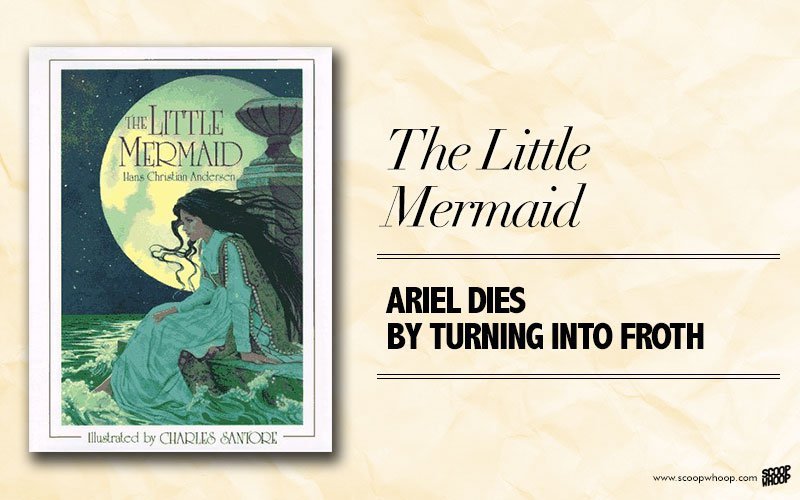When you’re a kid, most of the ‘books’ you read are basically colourful posters of wacky animals and fantastical creatures on far-flung islands. In those days, it’s all about how adventurous and crazy things got in the books. When you grow a little older though, you realise that most of the authors of these seemingly innocent books were packing a whole lot of social and political ideology into their stories, usually through satire or the like.
Here are the hidden meanings behind some of the most famous children’s books ever!
1. Gulliver’s Travels: Satire on politics and human nature
This is a classic political satire by Jonathan Swift, bringing out his derision for the Whigs political methods specifically. The book also alludes to the close mindedness of most religious zealots. This adventure disguised as a fantasy was actually a crafty little attack on human pettiness and the pitfalls of politics.
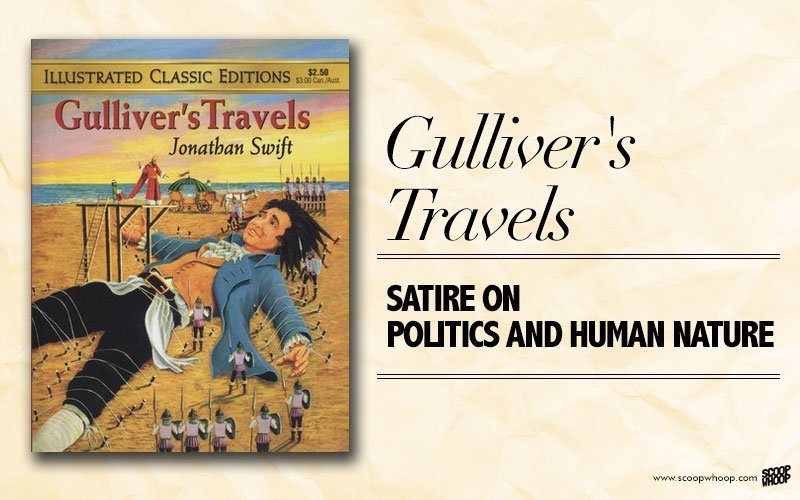
2. Alice In Wonderland: Inspired by psychedelic experiences, Pedophilia
While it’s easy to imagine that Alice was actually just tripping major during her entire adventure, it is actually widely believed that a lot of the imagery and situations in the book were inspired from drugs that Carroll himself had done. LSD hadn’t been invented but there were a whole lot of other psychedelics around, and a lot of the themes are very derivative of the things you see on a trip. That caterpillar was definitely smoking opium! The fact that several people think Carroll was a hidden pedophile also didn’t help!
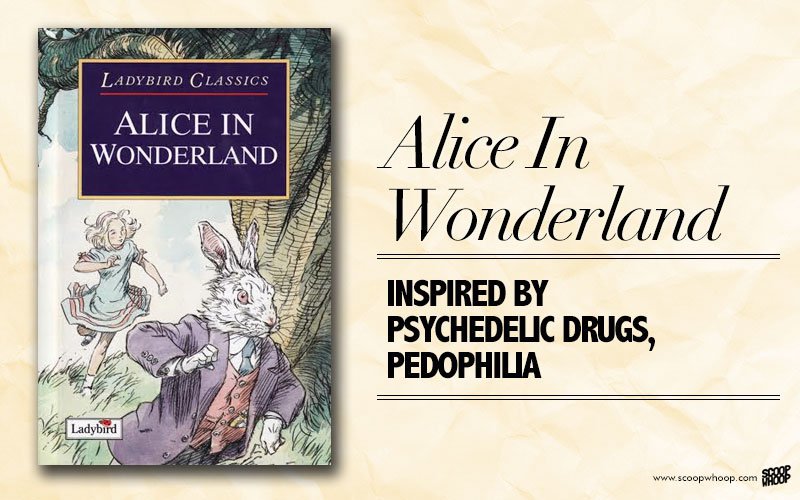
3. Little Red Riding Hood: Themes of a sexual nature
In the version we all know, Little Red and the Grandmother are rescued by a lumberjack from the belly of the beast and then proceed to kill him. However, this was adapted from an earlier version where she gets into bed with the wolf, who then proceeds to eat her. The end. In these versions, the girl is seen as a sign of oncoming sexual maturity, while the wolf is seen as the symbol of a sexual predator.
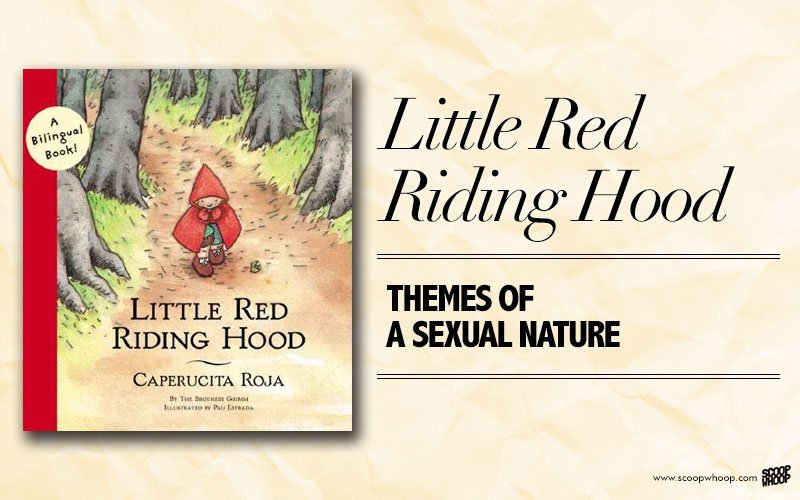
4. Charlie and The Chocolate Factory: Colonial overtones about slave labour
This book is chalk full of references to the superiority of some races over the others. The Oompa Loompas, who do all the work in Willy Wonka’s factory, are just represented as droves of workers who look the same and are under the absolute command of their boss. This was especially relevant considering the colonial tendencies of the British.
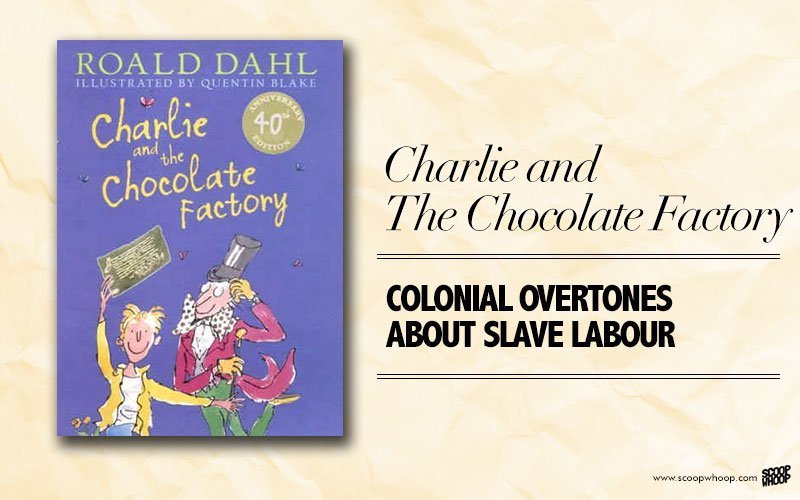
5. Goldilocks and The Three Bears: About the Oedipal complex
According to certain psychologists, the tale is actually about a child’s struggle to move past Oedipal issues and attain true emotional maturity. It has been criticised as a story that emphasises and encourages escapist attitudes and tendencies. Time to give that porridge another taste!
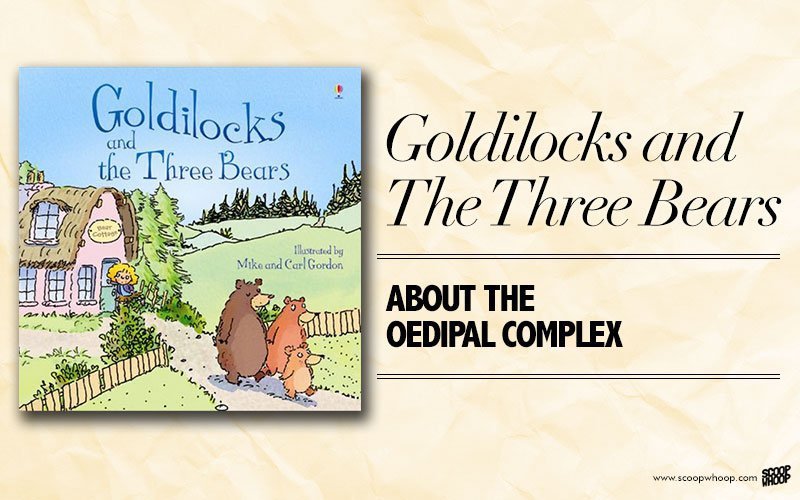
6. Horton Hears A Who: References to the Cold War
Seuss wrote Horton after visiting postwar Japan in 1953 and admitted that Who-ville was partially modeled on the country, which had just emerged from U.S. occupation at the time. It also refers to the Cold War paranoia of people who were different, such as how America was interrogating anyone they thought was a Communist.
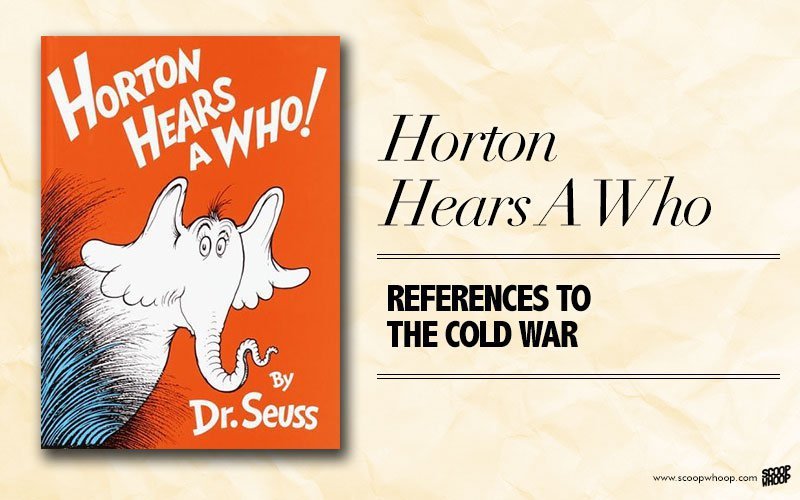
7. The Giving Tree: About humanity’s disregard for nature
The book is usually interpreted in a couple of ways, one of which is seeing the boy as humankind and the tree as God. I personally prefer the one where we look at the tree as symbolic of Mother Nature and the Boy as humankind. It’s quite fitting, considering the amount we take from nature, without ever giving back. The line “And the tree was happy” tends to take a bit of an ironic undertone in this case.
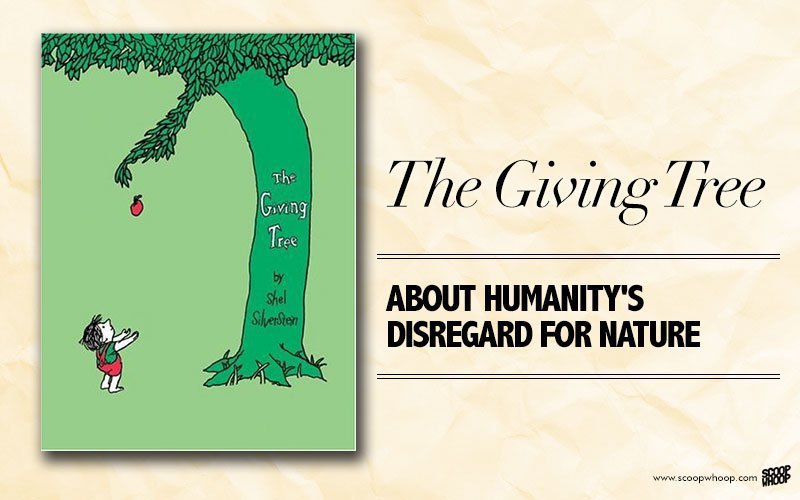
8. The Chronicles Of Narnia: References to Christianity
According to C.S. Lewis himself, the entire Narnian story was about Christ. The story of how Aslan the Lion is killed by the Witch but comes back to life depicts the resurrection of Christ. Lewis was an atheist until age 33, when he converted to Christianity. Considering such a drastic change, it fits that he put his faith into his books, though it probably isn’t the most ethical thing to do.
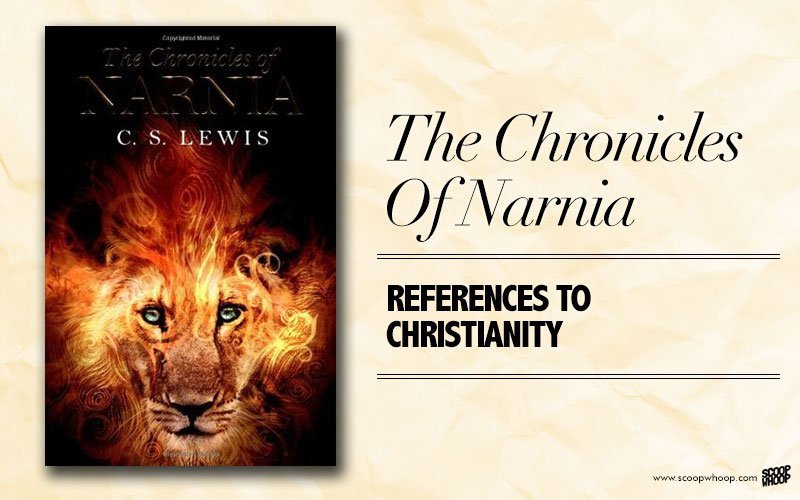
9. The Wizard Of Oz: Characters represent American problems
It is famously thought that several characters in this book represent different problems and issues that America was facing on the political an economic front at the time. The Scarecrow was used to depict the problems American farmers were facing, The Tin Man represented the American steel workers and the Cowardly Lion was representative of a member of the populist movement. Deep stuff for a children’s book , Mr. Baum!
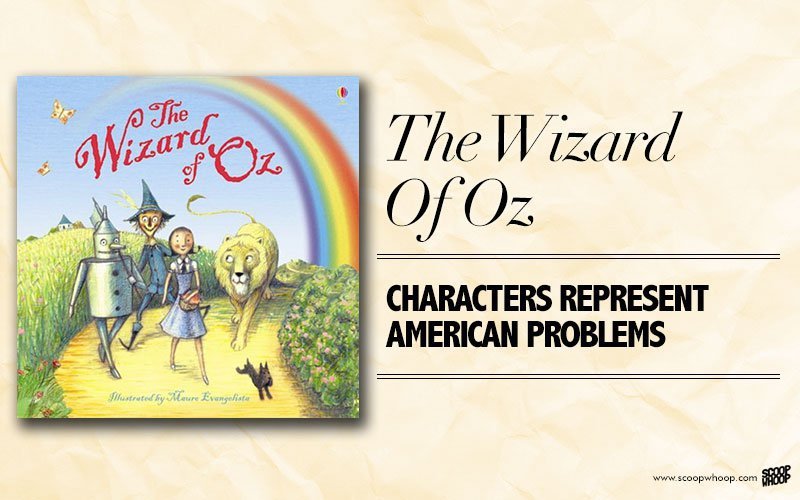
10. How the Grinch Stole Christmas!: Denounced capitalism
The spirit of Christmas is almost completely dissipated according to Dr. Seuss. The unchecked capitalism and materialism surrounding the Christmas season was the actual crux of the story, with the book encouraging true love and care.
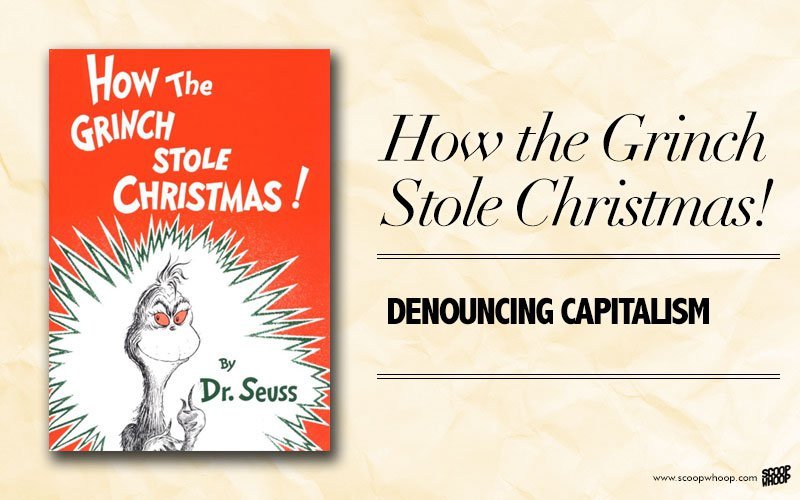
11. Pied Piper Of Hamelin: Themes of pedophilia and Paganism
Some theories suggest that the children of Hamelin were literally lured away by pagans and used in a ritual dance and all died when a sudden landslide occurred. Historian William Manchester suggests the children were lured away by a psychopathic pedophile, which is a claim that has been oft repeated by others curious to know about the disappearance of so many children.
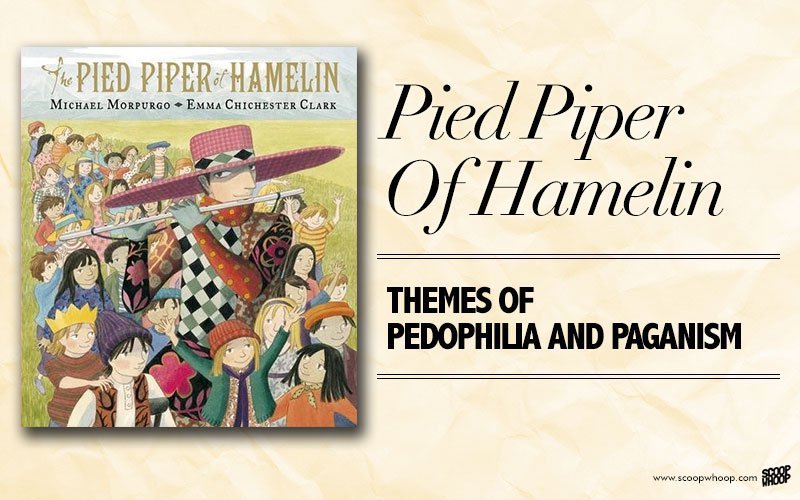
12. Babar The Elephant: Themes of monarchy and dictatorship
The elephants in these stories have their own kingdom but if you look closely it is a replica of how the monarchy works. Absolute power in the hands of one person has been proven to dangerous, and Babar basically forces his people to be cultured, ‘Westernised’ suit wearing creatures.
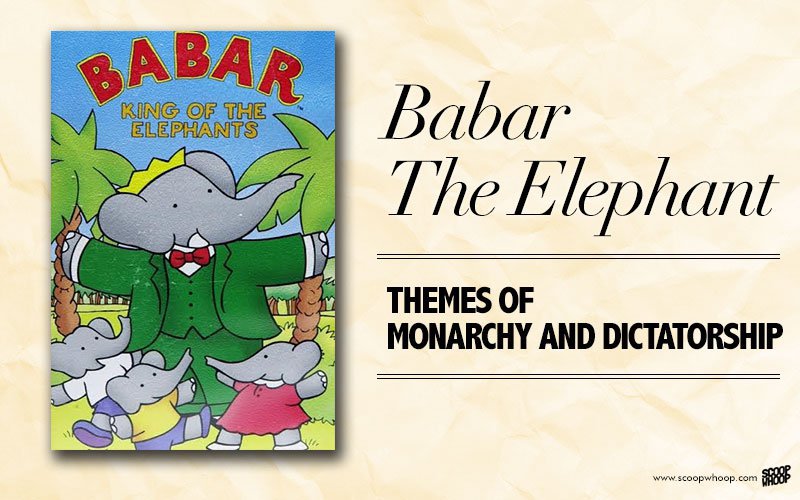
13. Where The Wild Things Are: About child psychology
A seemingly simple children’s book about a child going off to live his fantasy of playing with monsters, the tale is actually about way people, especially children, tackle feelings like anger and frustration. According to the author, it is about a lonely child liberated by his imagination.
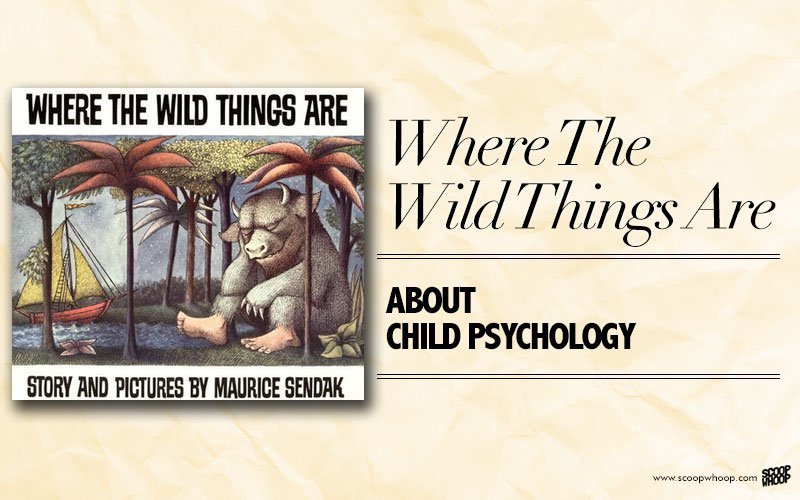
14. Harry Potter: Biblical references
A lot of people think the Philosopher’s Stone in the first book represented the Forbidden Fruit from the Bible. Just like the apple, it is something that humans should never get their hands on. It is clear that both are things that give great power but will actually lead to ruin.
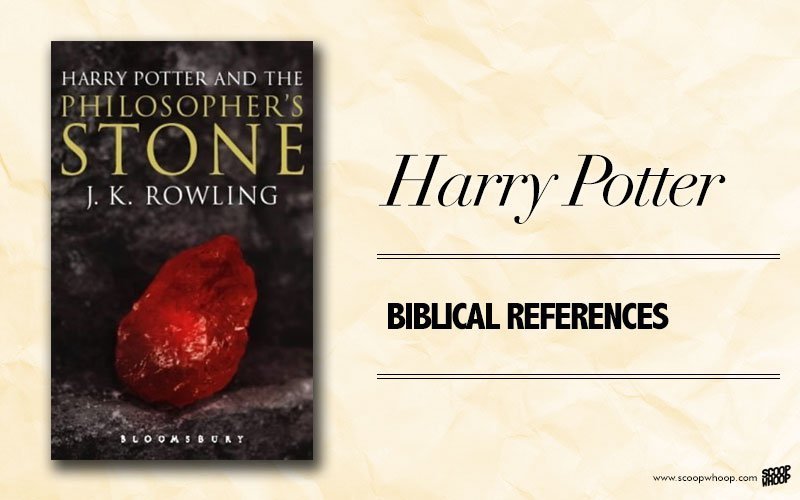
15. The Lorax: Destruction of nature by humans
It is famously known that Dr. Seuss tackled a bunch of different social issues in the garb of his children’s books. The Lorax was no different, talking about the disturbingly harmful effects of logging and the destruction of nature by humans. He pissed off a lot of logging companies, which makes him pretty badass in my book.
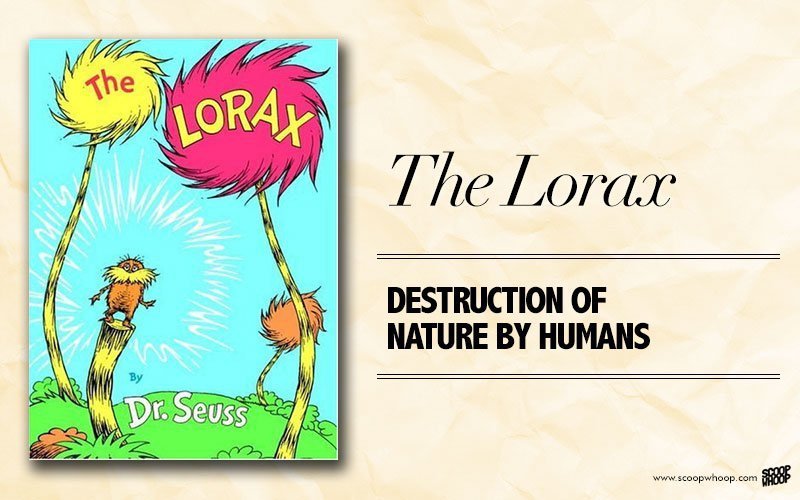
16. Curious George: Nazi background
Writers Hans and Margret Rey escaped from France on a cycle merely days before it was invaded by the Nazis. With nothing else but their papers and pencils, they wrote the Curious George series. Considering that kind of history, it’s hard to not look at the cover of this book in a different light.
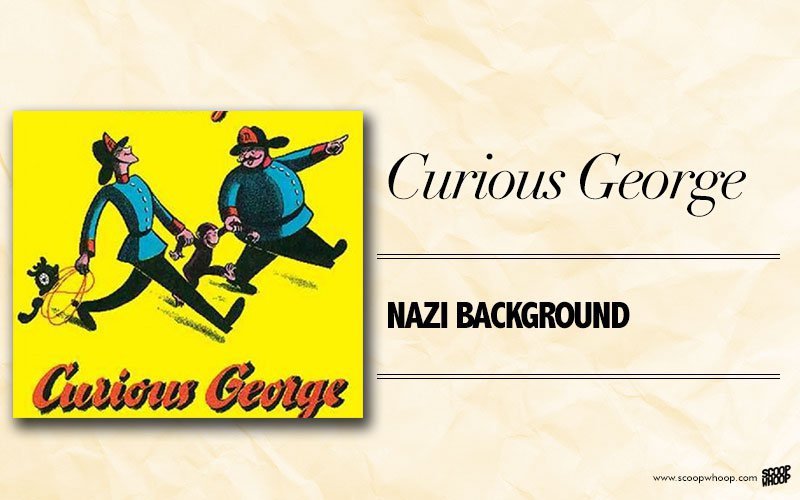
17. The Little Prince: Difference between perspective of children and adults
Apart from being one of the most charming tales of all time, the reason this is read not just by children but people of all ages is because it is about the things we forget as we grow older. Our perceptions change and we appreciate things less. A child’s perspective is full of wonder and hope though, which is something adults need to be reminded of from time to time.
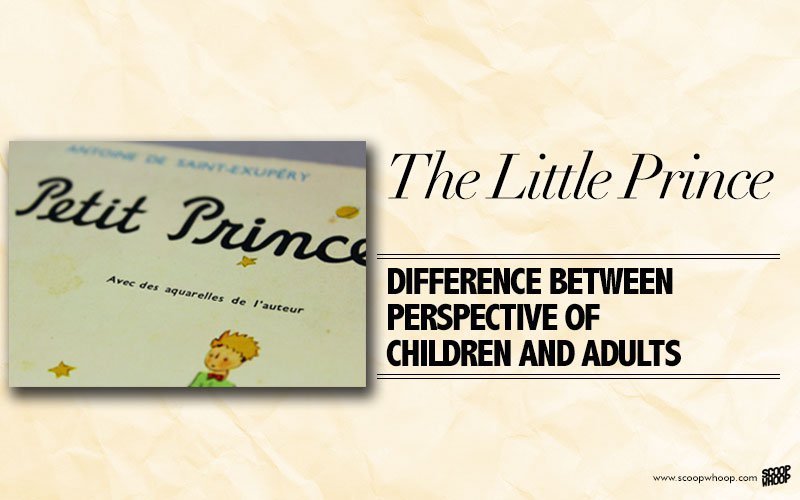
18. Sleeping Beauty: Rape and murder
In one of the original versions, the princess is actually raped by the ‘Prince Charming’. She gets pregnant and gives birth to 2 kids, all while still blissfully (?) asleep. When she wakes up, the King who raped her burns his own wife alive so he can finally be with the Princess. Heartwarming.
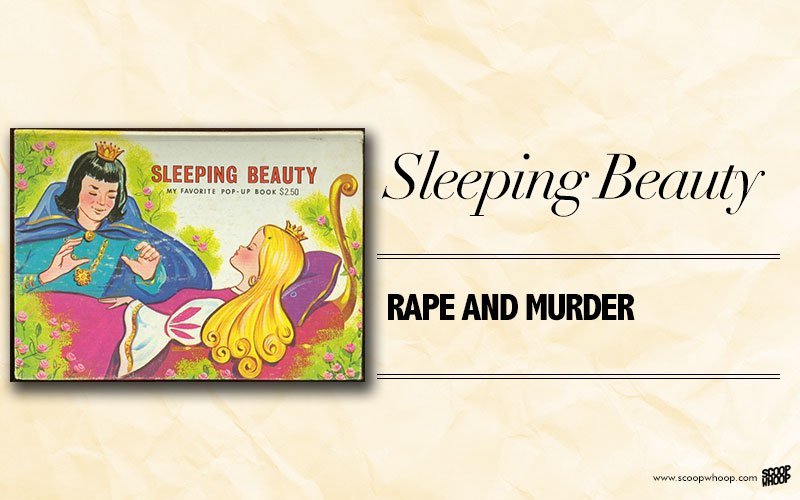
19. Cinderella: Evil sisters get their eyes pecked out
You might already know this, but in the original version, the evil sisters actually cut off parts of their feet to fit into the slippers. Not only does that not work, but Karma totally takes another bite out of them, getting their eyes pecked out by doves, literally the birds of peace.
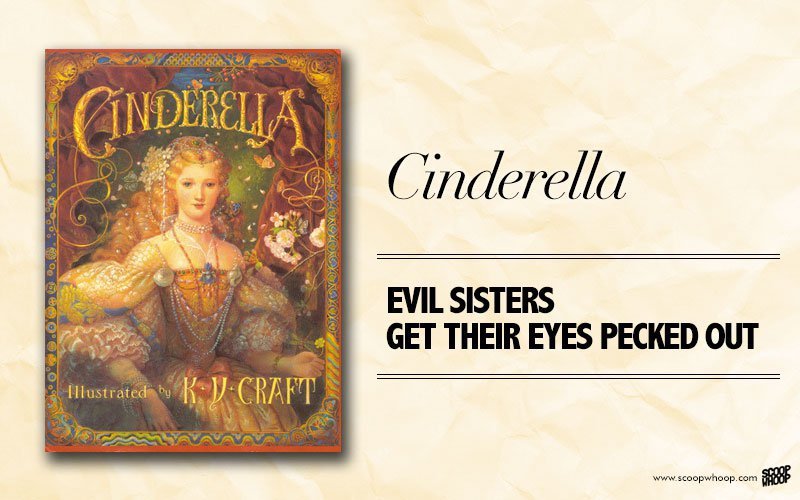
20. Snow White: Dancing in burning shoes
In the Brothers Grimm version, The Queen sends the Huntsman to get back Snow White’s liver and lungs to eat. Later, the Queen is forced to dance in shoes straight out of the fire unto her death as a form of ‘moral justice’. Ah the good old days.
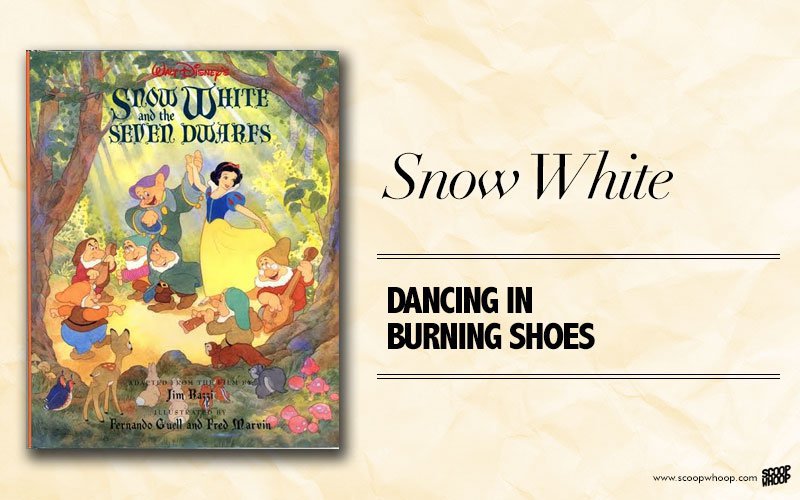
21. Hansel and Gretel: Slitting the witch’s throat and stealing her money
In the original tale, the Witch intends to bleed out the children on a special contraption. If that doesn’t sound gory enough, the sly kids actually end by slitting the Witch’s throat and running off with all her money. That is some gangster shit.
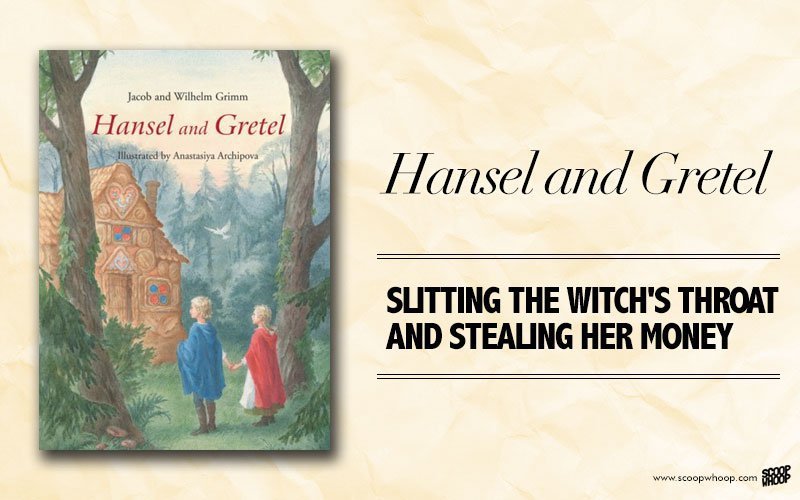
22. Rapunzel: Prince blinded by thorns
In the version by the Grimm Brothers, The Witch teleports Rapunzel to somewhere deserted, where she lives isolated, hungry and with two kids. The Witch also throws the Prince off the tower, blinding and maiming him and making sure all the readers know the consequences of free love.
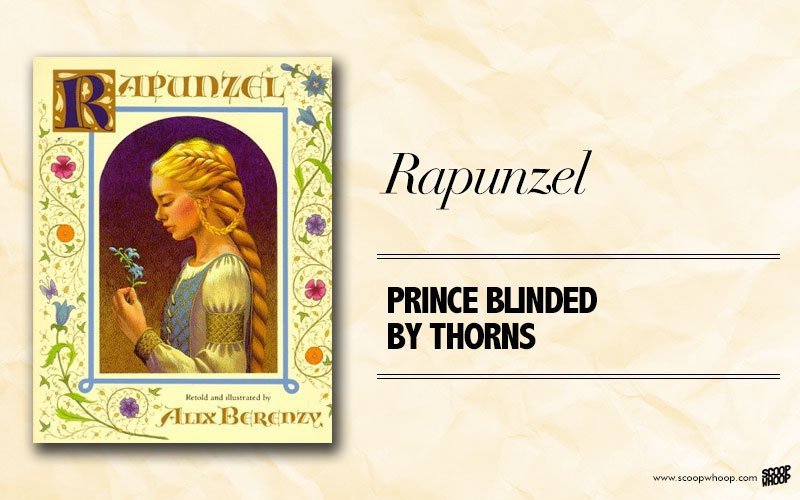
23. The Little Mermaid: Ariel dies by turning into froth
in The version we all know, Ariel turns into a human and lives happily ever after with the Prince. Everything’s all butterflies and rainbows. In the original story though, she sees him marry a princess. She’s given a knife to kill him, but instead jumps into the water, turns into froth and dies. So she dies in the lamest way possible… as bubbles.
